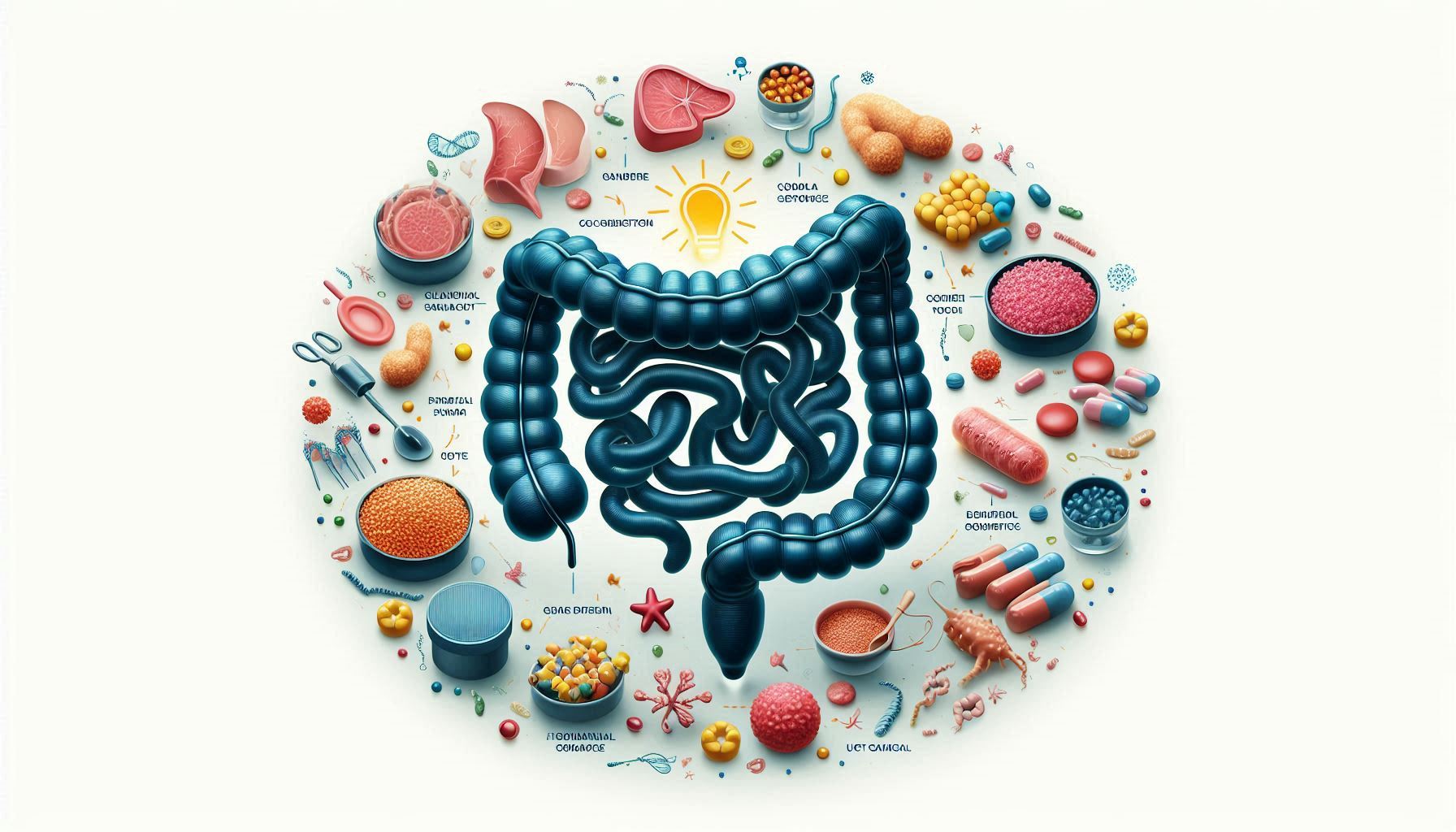In today’s world, environmental hazards lurk in places we often overlook—even in our daily health routines. Emerging research now suggests that air pollution, particularly fine particulate matter (PM₂.₅), may be having a hidden impact on menstrual cycle health.
The Unseen Threat of PM₂.₅
A groundbreaking study published in The Lancet Planetary Health has revealed a subtle yet significant association between long-term exposure to PM₂.₅ and menstrual cycle irregularities. By analyzing over 2.2 million cycles reported via the popular Clue app in 230 cities across the USA, Brazil, and Mexico, researchers discovered that continuous exposure to polluted air can lead to abnormal menstrual cycles—especially cycles that are longer than normal.
What Does This Mean for You?
- Endocrine Disruption: The study indicates that long-term PM₂.₅ exposure may interfere with the delicate hormonal balance managed by the hypothalamic–pituitary–ovarian axis. This disruption can alter the natural rhythm of your cycle.
- Wider Health Impacts: While the focus on respiratory and heart health has long dominated discussions about air pollution, this research underscores that our reproductive health can also be at risk. An abnormal cycle is not just inconvenient—it may be a marker for broader health concerns.
- Personal Health Awareness: Understanding this connection can empower you to make informed decisions about your health. Simple actions like checking your local air quality index, using air purifiers at home, or even advocating for cleaner air policies may not only protect your lungs but also support your reproductive health.
Beyond the Study: Supporting Evidence
Supporting these findings, a 2020 review published in Environmental Health Perspectives highlighted that air pollution is linked to a host of reproductive health challenges. This extensive review supports the idea that continuous exposure to pollutants can adversely affect hormone regulation and reproductive outcomes. When you consider both studies together, a clear story emerges: clean air is crucial not only for preventing respiratory and cardiovascular diseases but also for maintaining healthy menstrual cycles.
Strategies to Protect Your Health
Given the evidence, here are a few steps you might consider:
- Monitor Air Quality: Stay updated on local air pollution levels. Numerous apps and local guides offer real-time air quality monitoring.
- Indoor Air Quality: Consider indoor air purifiers. High-efficiency particulate air (HEPA) filters can significantly reduce indoor pollutants.
- Healthy Lifestyle: A balanced diet rich in antioxidants, regular exercise, and stress management can help your body handle environmental insults.
- Advocacy: Supporting policies aimed at reducing air pollution can create a healthier environment for everyone.
Final Thoughts
Air pollution is a silent adversary. While much of the public conversation centers on its effects on our lungs and hearts, recent findings remind us that reproductive health is also at risk. Recognizing the potential impact on menstrual cycles adds another layer to our understanding of environmental health. Let’s strive for cleaner air not only for our planet but also for the health and well-being of every individual.









Leave a Reply